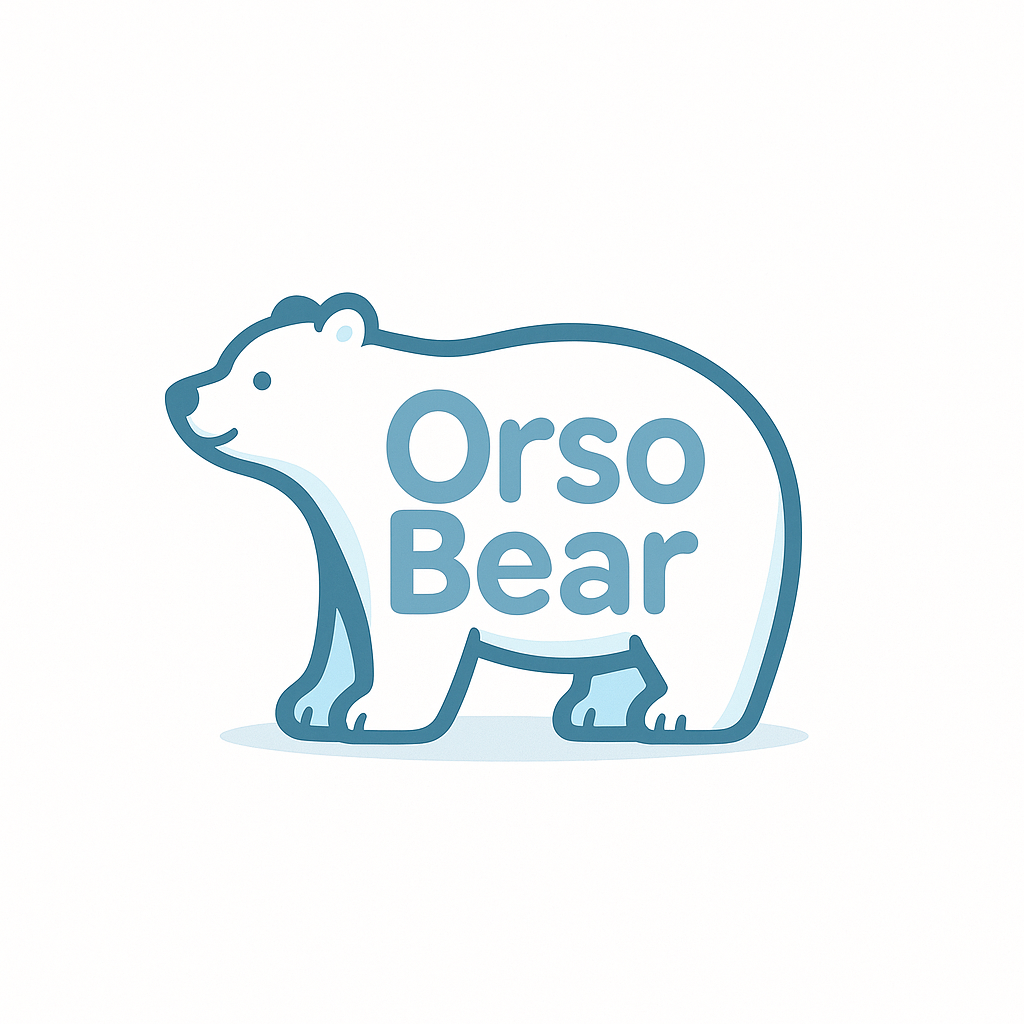Imagine if your business could communicate with its customers in a more personalized, efficient, and intelligent manner. An era where your customer service could understand, interpret, and respond to user requests as a human would. No, it’s not a scene from a sci-fi movie, but the promising future of Natural Language Processing (NLP).
NLP, a branch of artificial intelligence (AI), involves the interaction between computers and humans through natural language. It enables machines to understand, interpret, and generate human text and speech. The future of NLP promises a revolution in business operations and customer interactions. Let’s delve into what lies ahead for this fascinating technology.
The Current State of Natural Language Processing
Before we look into the future, it’s crucial to understand the present state of NLP. Today, NLP is ubiquitous, powering technologies like voice assistants (Alexa, Siri), autocorrect features on smartphones, and spam filters in emails. According to a report by Markets and Markets, the NLP market size is expected to grow from USD 10.2 billion in 2019 to USD 26.4 billion by 2024, at a Compound Annual Growth Rate (CAGR) of 21.0% during the forecast period.
NLP has allowed businesses to automate customer service through chatbots, analyze customer sentiment through social media, and extract key information from vast volumes of text data. However, current NLP technology still has limitations, such as understanding context, sarcasm, or cultural nuances in language. The future of NLP aims to overcome these challenges.
Advanced Semantic Understanding
The next frontier in NLP is the development of advanced semantic understanding. This involves machines not only understanding the words and phrases but also the underlying meaning and intent. Google’s BERT (Bidirectional Encoder Representations from Transformers) is an example of such an advancement. It uses transformers, models that consider the context of a word in relation to all the other words in a sentence, rather than just the words immediately next to it.
With advanced semantic understanding, businesses can improve their customer interactions significantly. For instance, a customer service chatbot could better understand a customer’s issue or request, leading to more accurate responses and a better customer experience.
Personalized Content Generation
Another promising development in NLP is the ability to generate personalized content. GPT-3, developed by OpenAI, is a language prediction model that can write essays, answer questions, and even write poetry. Its ability to generate human-like text opens up opportunities for businesses to create more personalized content for their customers.
For instance, an e-commerce company could use this technology to generate personalized product descriptions or recommendations based on a customer’s past purchases or browsing behavior. This level of personalization can improve customer engagement and loyalty.
Real-time Language Translation
Imagine if your business could communicate with customers globally in real-time, regardless of language barriers. With advancements in NLP, this could soon be a reality. Companies like Google and Microsoft are working on real-time language translation technology that can accurately translate conversations as they happen.
This technology could enable businesses to expand their customer base globally, providing customer service in multiple languages without needing multilingual staff. It could also aid in international business collaborations, making language barriers a thing of the past.
Future Implications and Trends
The future of NLP holds immense potential for businesses. As NLP technology becomes more advanced and accessible, we can expect to see a shift towards more intelligent and personalized customer interactions. This will not only improve customer satisfaction but also efficiency and productivity in business operations.
Moreover, with advancements like real-time language translation, businesses can reach a global audience like never before. The ability to understand and communicate in multiple languages in real-time will open up new markets and opportunities for businesses.
Conclusion: Embracing the Future of NLP
As we look ahead, the future of Natural Language Processing holds transformative potential for businesses. From advanced semantic understanding to the generation of personalized content and real-time language translation, NLP is set to revolutionize the way businesses communicate and interact with their customers.
For small business owners, embracing NLP technology could provide a competitive edge, enabling more efficient operations and enhanced customer experiences. As we step into the future, the ability to harness the power of NLP will be key to business success.




